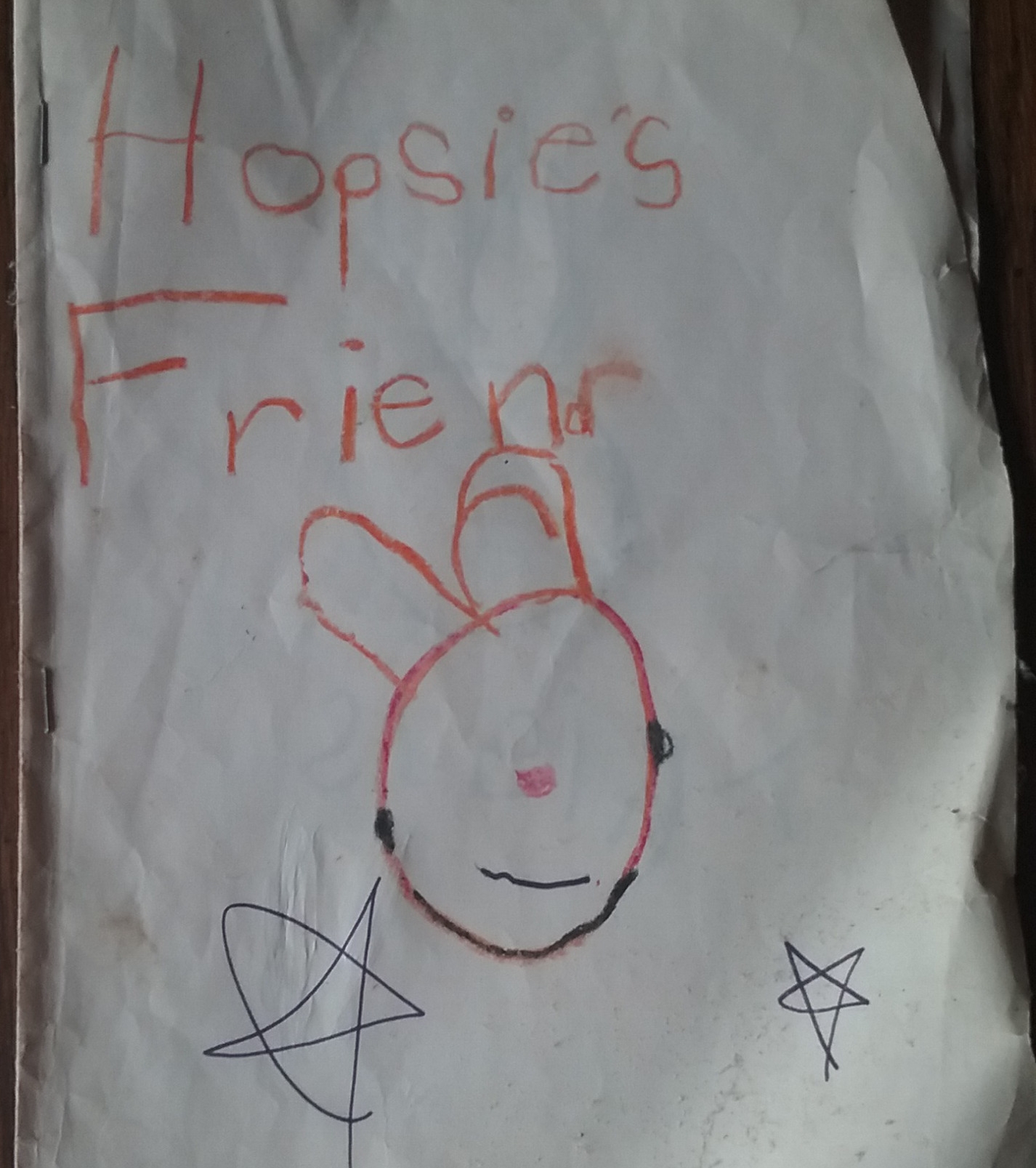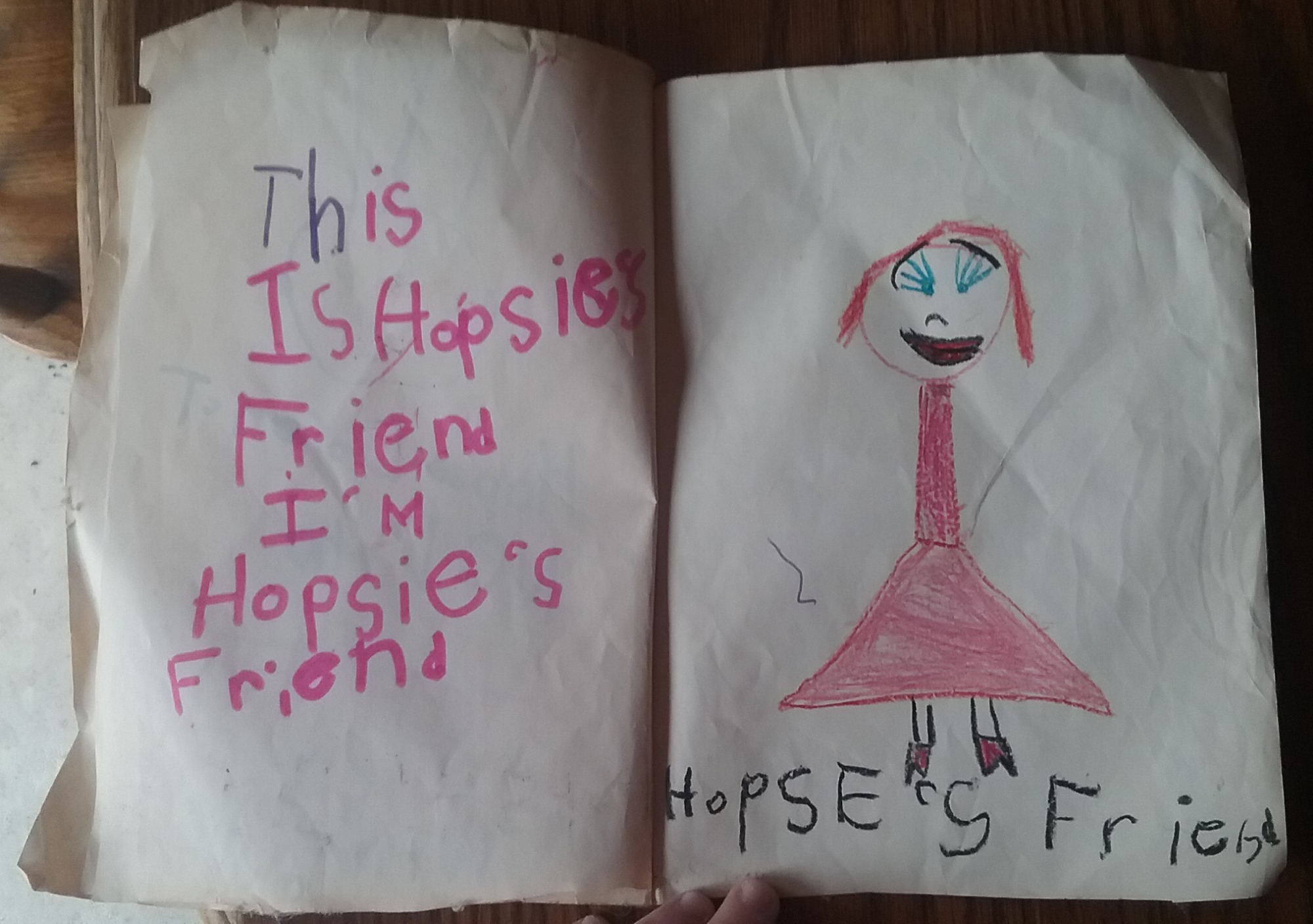FreeImages.com/John Hughes
I haven’t written a blog post in the past couple of weeks, breaking my summer promise to myself to blog every week. There have absolutely been holidays that reordered my work week and project phone calls to plan and distractions entailing crossed fingers (whether the World Cup or otherwise). But also, I spent some of that time, previously devoted to blogging, trying to write fiction instead.
Nothing big, or complicated, or even really good, probably. But I had an idea that I thought would be great for a short story, and so I sat down to try to write it. I wrote as hard as a could on real paper and in pen for the 30 minutes or so that I had at my disposal. A few days later, I felt like typing, so I opened a new Word document, typed the sentence I had left off with, and continued on writing that way instead. The story isn’t fully drafted yet, and I’m not sure where to go with it, but it matters to me that I had the idea. A few days later, I had another idea for a story. I haven’t started it yet, but the idea has stayed with me.
For me, losing the ability to have those ideas had become the most frustrating part of post-graduate school life. When I finished my dissertation, I felt empty of ideas. No matter how much I read or what workshops I went to, I couldn’t find an idea I felt like I could pursue further. Any idea I did have disappeared from my memory quickly, which became especially frustrating because I had always been the person other people counted on to remember facts and scholars’ names and details of arguments.
I’m sure some people would argue that my idea loss has been symptomatic of something more serious than just blahs – whether that’s grief, a post-academic symptom that Lisa Munro has explained so clearly, or something else. Maybe it was, but it also kept me from starting anything even as pieces of those workshops or readings made sense to me. As Elizabeth Gilbert wrote in Big Magic:
“ideas spend eternity swirling around us… Mostly, you will not notice. This is likely because you’re so consumed by your own dramas, anxieties, distractions, insecurities, and duties that you aren’t receptive to inspiration… The idea will try to wave you down… but when it finally realizes that you’re oblivious to its message, it will move on to someone else” (35-36).
I think of that passage often. When I first read it, a few years ago, it gave me comfort because I knew exactly what she meant.
But now, this one idea that I made contact with has persisted to the tune of over 1000 words and counting. I have dipped in and out of this idea, writing more, or doing the labor of typing up the handwritten words and editing as I go. The period I’m in now feels like the familiar point of academic writing that came after I had read articles and books and pieced together what other people felt about a painting or a theory and everything has been poured into my brain to mingle and interact and finally (finally!) produce an argument of my own.
So when I have time, I write. I have much more to write for this space about my trip earlier this summer., but I also have a couple more ideas for fiction writing that seem like they might push through to the page. I’m not sure how my story will end, but it feels like such a monumental leap forward to have these ideas stick around and to work with them as I am able.







